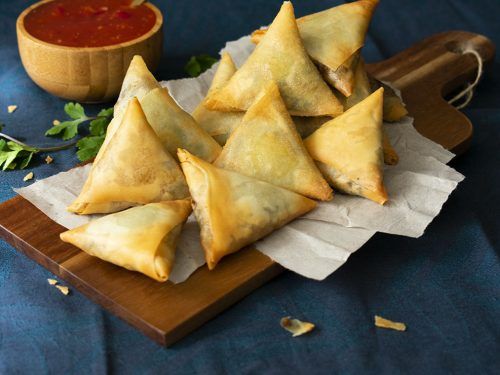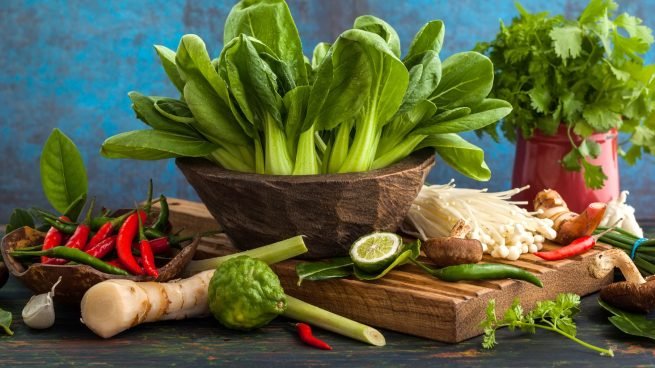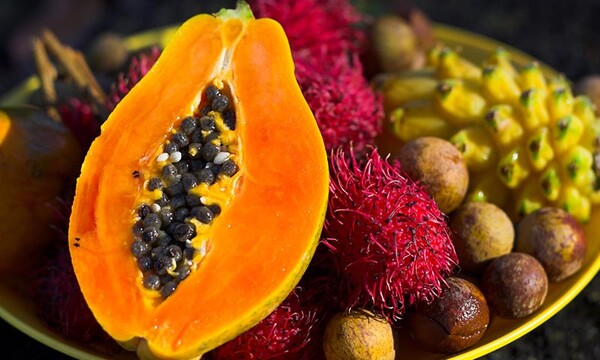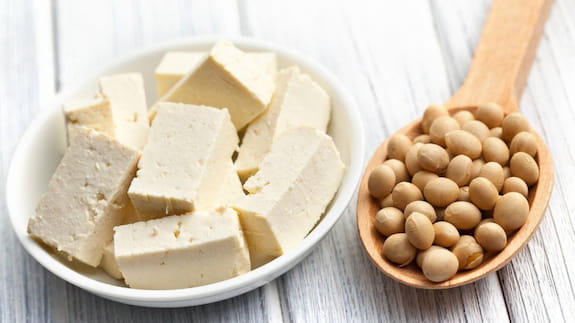Samosa is one of the most popular dishes in India, Tibet and Pakistan. It is shaped like a triangular pastry and the filling varies according to the region. It is covered with puff pastry or filo dough and the inside is seasoned with curried potatoes, peas, shredded lamb or chicken and spices, among other vegetable combinations.
Sounds delicious, doesn’t it? Well, today at Oriental Market we bring you a guide to learn all about these popular Indian pasties.
Origins
The origins of samosas can be traced back to the Iranian plateau at the dawn of Iranian civilisation. It is not known for sure why it is moulded in a triangular shape, but it is known that the name samosas is descended from the Persians.
They came to India via the route taken by the Aryans more than 2000 years ago, through Central Asia and over the great mountains that are now Afghanistan, before reaching the plains of the great rivers of India. Later, the armies of the Mamluks, Tamerlane and the Mongols made the same journey, building the empire we now know as India. The land was reshaped by immigration and the samosa was transformed in its wake.
By the time samosa landed in present-day Tajikistan and Uzbekistan, it had become a raw peasant dish. It went from being an upper-class food to a staple food for working in the fields. It retained its shape and style, but the characteristic nuts and exotic fruits had disappeared. Instead, they were stuffed with coarsely chopped lamb, onioned and seasoned simply with salt.
Over the following centuries, the cake made its way through the Hindu Kush and the Indian subcontinent. It became a fusion of cultures and culinary influences, adapting completely to its environment.
Indian food introduced its own spices into the food: coriander, pepper, caraway seeds, ginger and more. They also changed the filling with vegetables replacing meat, making samosas a traditional Indian dish.
Today’s Samosas
Today, most samosas are filled with potato and spiced with green chillies, ingredients introduced in the 16th century by Portuguese traders. They are also served as cocktail canapés at celebrations in Delhi, while in Punjab, paneer, fresh cheese, is always added. They can be found in chocolate, as a snack and can even be cooked in a variety of ways: baked or fried.
However, samosas have spread beyond the borders of India to the rest of the world. In the West, they are often topped with green chillies, in Morocco they decided to stuff them with peas, while in Israel they added potatoes.
Buy samosas online
You can buy delicious samosas in our online shop.
[imacPrestashop_productos productos=”5947, 2178, 6285″]Types of samosas and fillings
Although the traditional samosa is triangular in India, many samosas are also made in a crescent shape, particularly in the Middle East, with curled and closed edges. They are also cooked in the shape of a cone or square, depending on the area.
There are many types of fillings, the most characteristic ones:
- Chicken samosas: popular in many parts of the world, are filled with chicken, spices, flour, sweet chilli, onion, garlic and lime juice.
- Lamb samosas: made of crispy dough, stuffed with lamb, flour, onion, seeds and spices (curry, turmeric, chilli powder, coriander).
- Vegetable samosas: the most common in India, made from flour and vegetables.
- Veal samosas: also traditional in India, each cook has his own particular filling, but usually beef, chilli, spices, flour, onion and garlic are added.
- Chocolate samosas: served as a dessert, filled with chocolate and cinnamon.
- Sweet banana samosas: served as a snack to enjoy between meals or for dessert.
How to eat samosas
- Step 1: Start at the corners! The most filling parts of a samosa are the hottest, so biting into the corners first allows the steam to be released and it cools down faster.
- Step 2: Blow from one side of the samosa towards the centre, after the corners have been eaten. This allows the steam to be released faster from the other side.
- Step 3: Be sure to enjoy all the flavours by chewing slowly. If you are eating them on a plate, open the samosa in half to better experience the fusion of colours and textures.
- Step 4: Save the centre for the last bite. It’s the perfect way to round off the experience.
If you liked this post so much that now you can’t resist wanting to try samosas, don’t hesitate to visit our online shop Oriental Market or visit our shop in Barcelona where you will find different options and varieties of this exotic delicacy.





